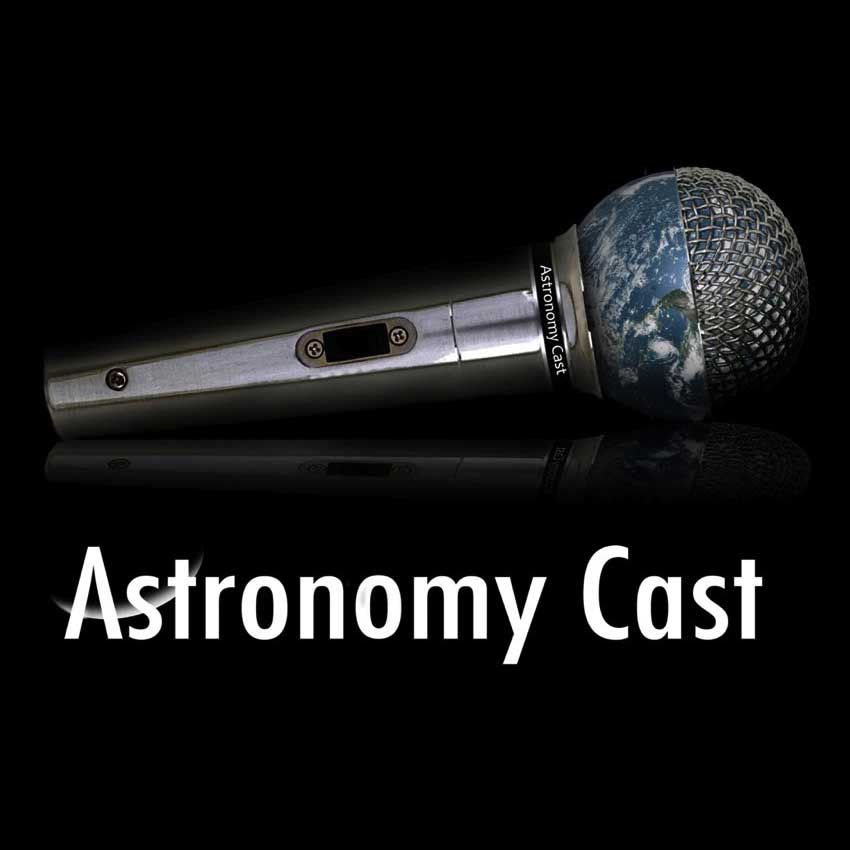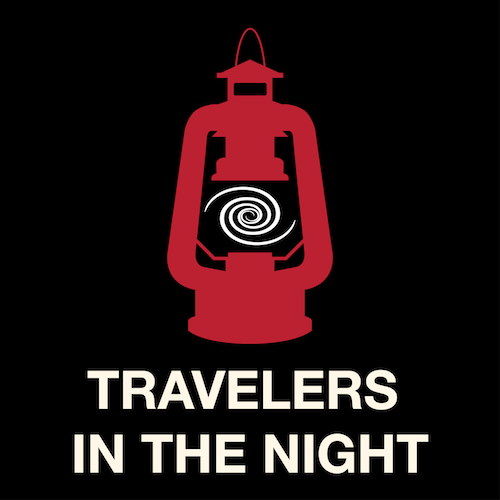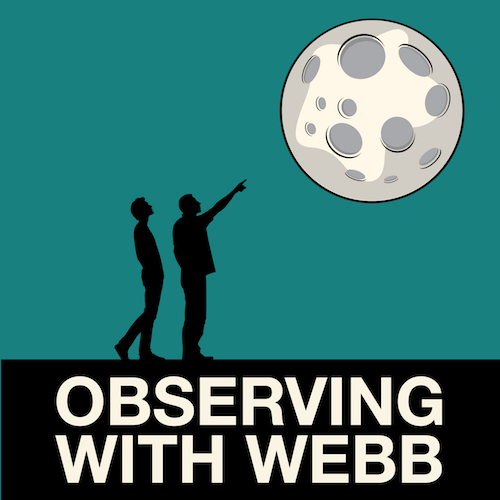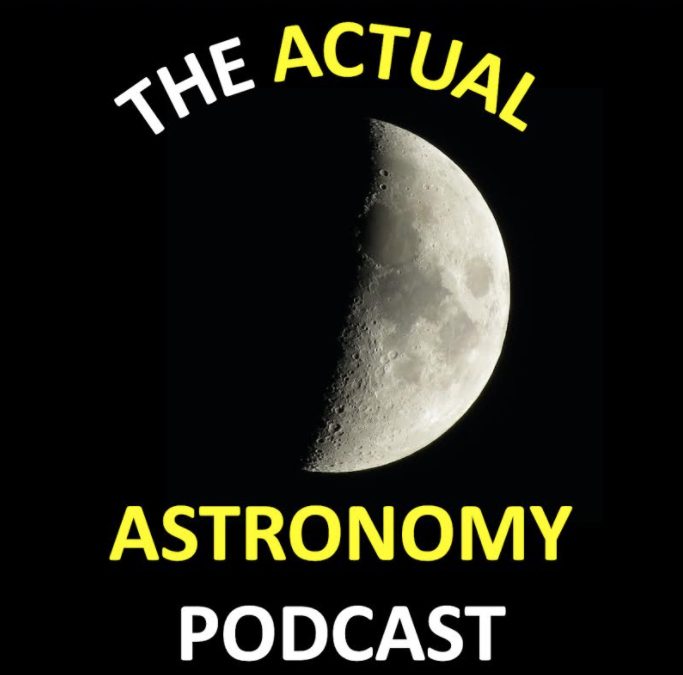It’s been about a thousand years since since we last looked at Mercury. So we figured it’s time for an update. What new things have we learned about Mercury?


It’s been about a thousand years since since we last looked at Mercury. So we figured it’s time for an update. What new things have we learned about Mercury?

For the longest time the only gas giant planets that we knew about were Jupiter and Saturn. But now, in the age of extrasolar planets, astronomers have discovered thousands of gas giants across almost as many star systems. What new discoveries have been made about gas giants, both here in the solar system and across the Milky Way

Today Travelers in the Night will bring you stories about the discovery of 2015 GL13 and the basic building blocks of life were brought by small bodies. #365DaysOfAstro

Why get out there in the cold of December? It’s a time of transitions and wonder. We’ve got a meteor shower, plenty of lunar encounters, potentially a comet, planets visible but changing, and very long nights.

How do giant planets make diamond rain? Does it really, you know, rain? Where does diamond rain exist?

A proposed mission called CLEoPATRA will look for rogue planets not orbiting any star. Meanwhile, a possible planet has been discovered in the Whirlpool Galaxy and could be the first planet found outside the Milky Way.

Today’s podcast presents @ActualAstronomy talk about Objects to Observe in the November 2021 Night Sky and places a focus on events to help you find the planets as well as what you can see on the Moon. #365DaysOfAstro

After Pluto lost its planethood we were down to 8 planets. But there’s growing evidence of another world or worlds out beyond the orbit of Pluto. Is Planet 9 out there and how will we find it? Could there even be a Planet 10?

Using data from the Hubble Telescope and the ESO’s Very Large Telescope in Chile, a team of scientists have successfully detected clouds on an exoplanet and even measured their altitude.

It’s been 15 years since Pluto was kicked out of the planet club. Are there any updates? Does Pluto have a chance of regaining planethood again?